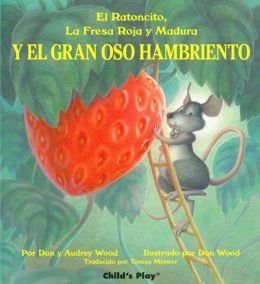{This blog uses affiliate links.}
There are times when as a teacher that you need to do a low-key activity to finish off a lesson, or you need to just spend some time review easier material after covering tough concepts. For the past few weeks I have been pulling out these pictures and using them to review vocabulary. I basically cut off the bottom where the words are {see above picture} then I call out a color and the item they need to look for. My students then color in the appropriate item. There are several resources from which you can pull pictures to use in this fashion. Here are a few:
and using them to review vocabulary. I basically cut off the bottom where the words are {see above picture} then I call out a color and the item they need to look for. My students then color in the appropriate item. There are several resources from which you can pull pictures to use in this fashion. Here are a few:
Highlights Hidden Picture Books
I love this picture {not a hidden picture activity, but more of an "I Spy" activity}-This picture actually works really well with young children after I have taught them all the rhyming words in Spanish. To see what I did for my rhyming words unit, click here.
Here is another set of "I Spy" type activities. They are set up in French but can be used for any language.
If you know of other resources for hidden pictures or I Spy pictures please comment below as I am always on the lookout for more resources.








